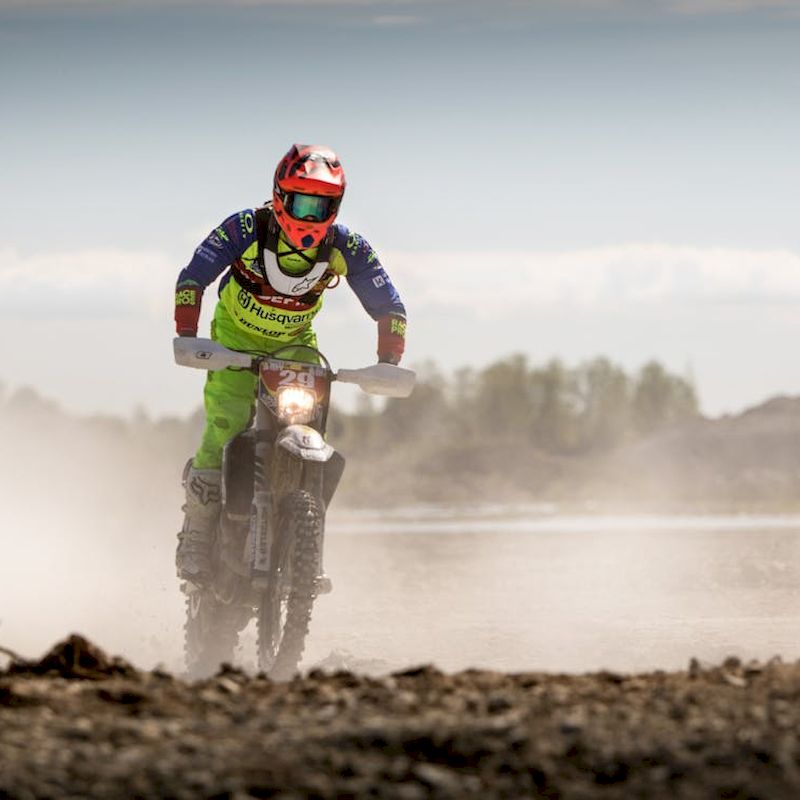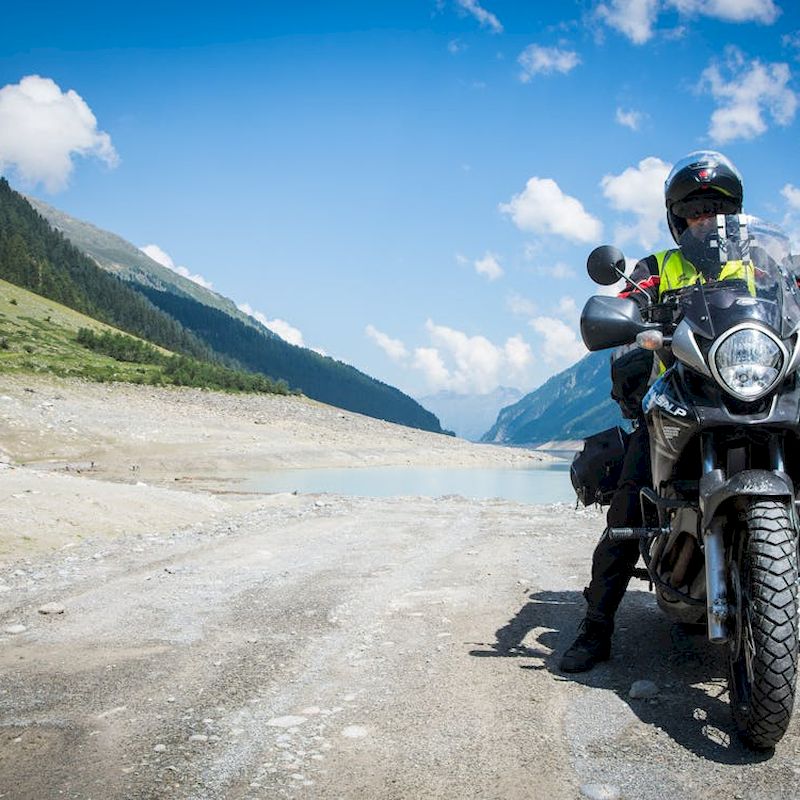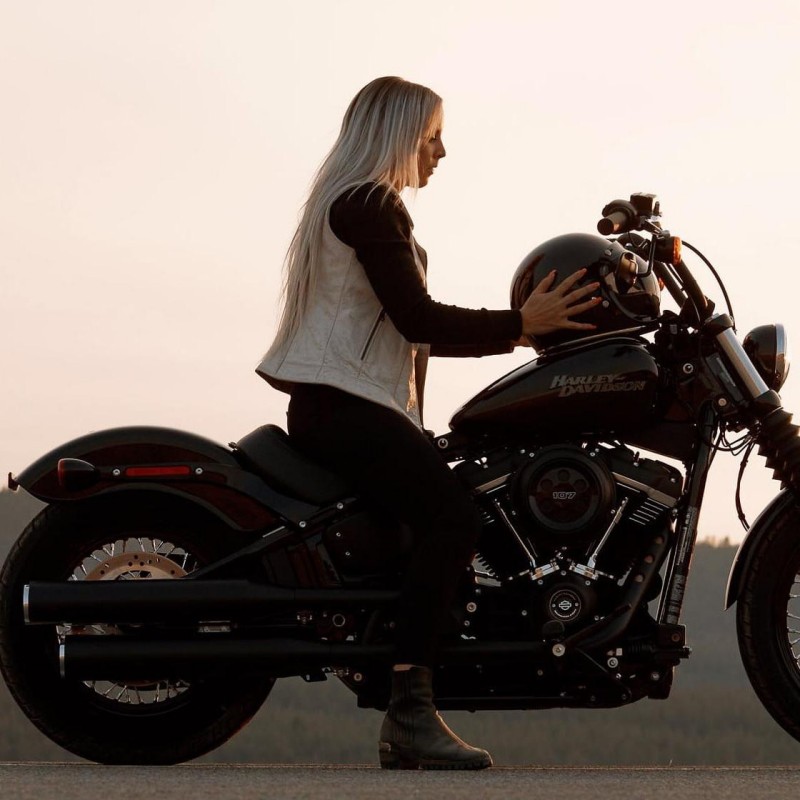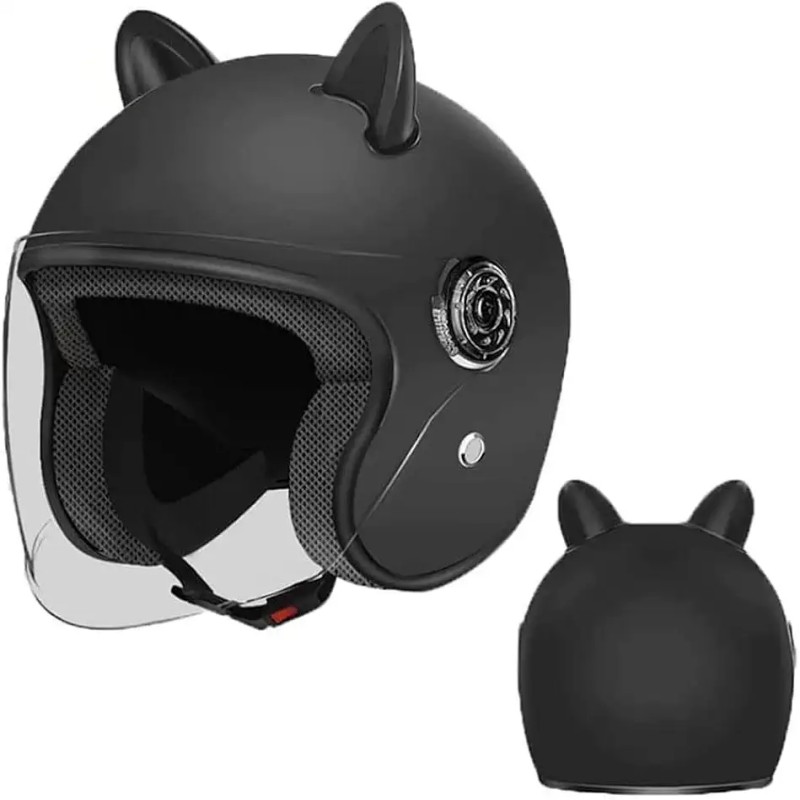Motorcycle adventure touring is more than just a mode of transportation; it represents freedom, exploration, and the thrill of the open road. As riders set off on their two-wheeled journeys, they seek adventure and immersion in the world around them. Whether traversing winding mountain roads, navigating through forests, or cruising alongside pristine coastlines, adventure touring allows riders to connect with diverse landscapes while enjoying the challenge of the journey. However, to make the most of this exhilarating experience, it’s essential to prepare appropriately, understand the nuances of your motorcycle, and know what gear and strategies will enhance your adventure. In this detailed guide, we’ll explore every aspect of motorcycle adventure touring, from choosing the right bike and planning trips to gear essentials and safety tips. Join us as we embark on the thrilling journey of motorcycle adventure touring, ensuring you’re prepared for every turn along the way.
What to Consider Before Embarking on an Adventure Tour
As you plan a motorcycle adventure tour, there are several important considerations to ensure you have a successful and enjoyable experience.
Selecting the Right Motorcycle
Choosing the right motorcycle is arguably the most critical decision in adventure touring. While various types of motorcycles are available, some are better suited for long-distance travel and versatile terrains.
- Adventure Bikes: Often the top choice for adventure touring, these motorcycles blend the characteristics of off-road and on-road bikes. Features may include large fuel tanks, comfortable seating, and durable suspensions to handle rugged landscapes.
- Dual-Sport Motorcycles: Dual-sport bikes are designed for both pavement and dirt tracks. They may be lighter and more agile than adventure bikes, making them well-suited for mixed-terrain touring.
- Cruisers and Touring Bikes: These motorcycles may offer additional comfort for long journeys. However, they might not have the off-road capabilities necessary for rugged trails.
Planning Your Route
Planning your route involves evaluating your destinations, the type of roads you’ll encounter, and the time you have available for your adventure.
- Identifying Destinations: Research attractions, national parks, and scenic byways that catch your interest. Incorporating diverse landscapes will enhance your experience.
- Mileage and Stops: Estimate your daily mileage and factor in rest breaks, meals, and sightseeing. It’s crucial to find a balance between covering distance and enjoying your journey.
- Road Conditions: Consider the types of roads you prefer: highways for speed or winding backroads for picturesque views. Be aware that some routes may be challenging, depending on weather and road conditions.
Understanding Your Riding Skills
Assessing your riding skills is vital, especially for those considering challenging terrains or long-distance rides.
- Confidence and Experience: Make an honest appraisal of your riding abilities. If you’re a novice motorcycle rider, consider practicing on less challenging routes before attempting an adventure tour.
- Advanced Riding Techniques: Familiarize yourself with technique improvement, including cornering, braking, and managing descents. Taking an advanced riding course can also boost your confidence and skills.
Preparing for Weather Conditions
Weather plays a significant role in motorcycle adventure touring, and being prepared can enhance your experience significantly.
- Weather Patterns: Research the climate of your chosen destinations during your planned travel dates. Knowing typical temperature ranges, precipitation likelihood, and potential weather hazards will help you prepare.
- Clothing Layers: Layering is crucial when dealing with variable climates. Moisture-wicking base layers, insulated middle layers, and waterproof outer layers are essential for comfort.
- Rain Gear: A quality rain suit can protect against unexpected downpours, ensuring your ride remains enjoyable.
Essential Gear for Motorcycle Adventure Touring
Equipping yourself with the proper gear can significantly impact your comfort and safety during the journey. Here’s a breakdown of essential gear for motorcycle adventure touring:
Protective Gear
Safety is paramount while riding, and investing in quality protective gear is a must.
- Helmet: Choose a DOT-approved helmet that fits well and is comfortable for long rides. Consider models with ventilation and sun visors for added convenience.
- Jacket and Pants: Opt for riding jackets and pants featuring abrasion-resistant materials, armor for impact protection, and weatherproof properties. Consider breathable options for warmer climates and insulated versions for colder environments.
- Gloves and Boots: Wear durable, protective gloves that offer good grip and dexterity. Riding boots should provide adequate ankle support along with protection from impacts and weather.
Luggage and Storage Solutions
When embarking on an adventure tour, proper luggage is vital to carrying essential gear.
- Saddle Bags or Panniers: These storage solutions are mounted on the bike and can carry clothing, tools, and camping gear. Hard-shell options offer additional protection while soft-sided versions can be more flexible.
- Tank Bags: A tank bag can provide easy access to maps, snacks, or other small items while keeping your belongings organized and secure.
- Tail Bags: These attach to the rear seat or luggage rack, providing added storage capacity without encroaching on rider space.
Navigating unfamiliar roads is part of the adventure, but having the right tools can make the experience smoother.
- GPS Devices: Dedicated motorcycle GPS units provide turn-by-turn directions, real-time traffic updates, and offline maps. They may also include adventure-specific routes and points of interest.
- Smartphones: Many riders utilize smartphones for navigation. Download trail and route apps that cater to outdoor adventures while also offering offline functionality.
Safety Tips for Motorcycle Adventure Touring
A successful motorcycle adventure tour requires careful attention to safety. Here are some essential safety tips to consider:
Pre-Ride Inspections
Before hitting the road, performing a thorough inspection of your motorcycle can help prevent mechanical issues.
- Tires: Check tire pressure, tread depth, and overall condition. Ensure all tires are filled to the recommended pressure levels for optimal handling.
- Brakes and Fluids: Examine the brake pads and inspect the fluid levels, including brake fluid, oil, and coolant. Replace or top off any fluids as needed.
- Lights and Signals: Test all lights, including headlights, brake lights, and turn signals, to ensure they’re functioning properly.
Riding Techniques
Employing good riding techniques can significantly enhance your safety while on the road.
- Defensive Riding: Always be aware of your surroundings and anticipate potential hazards from vehicles and road conditions. Avoid distractions while riding.
- Proper Lane Positioning: Position your motorcycle in a way that maximizes your visibility. It’s often best to ride in a lane position where you can see your surroundings and be seen by others.
- Smooth Controls: Practice smooth acceleration, braking, and cornering to maintain control over your motorcycle. Avoid abrupt maneuvers in slippery or uneven conditions.
Staying Hydrated and Rested
On long rides, it’s essential to prioritize your well-being.
- Frequent Breaks: Take regular breaks to stretch, hydrate, and rest. Fatigue can impair reaction times and decision-making abilities.
- Hydration: Keep water readily available and drink regularly to prevent dehydration. Consider packing electrolyte-rich beverages for longer trips.
Routes Perfect for Motorcycle Adventure Touring
Choosing your route is a key aspect of motorcycle adventure touring. Here are some scenic and popular routes to consider:
Pacific Coast Highway (California)
Renowned for its breathtaking ocean views, the Pacific Coast Highway is a must-ride for any motorcycle enthusiast. The winding roads and stunning coastline stretch from San Francisco to San Diego, offering plenty of opportunities to explore charming coastal towns and breathtaking beaches.
Blue Ridge Parkway (Virginia and North Carolina)
The Blue Ridge Parkway is famous for its picturesque landscapes, lush forests, and stunning vistas. This scenic route features countless overlooks and stops for hiking, providing a perfect combination of motorcycle riding and outdoor exploration.
Tail of the Dragon (North Carolina and Tennessee)
The Tail of the Dragon is famed for its 318 curves in just 11 miles, making it a popular destination for riders seeking thrilling experiences. This challenging road is surrounded by beautiful scenery, providing a fantastic backdrop for an adrenaline-pumping ride.
Route 66 (United States)
Route 66, often referred to as “The Main Street of America,” offers a nostalgic motorcycling experience. Travelers can explore historic landmarks, quirky roadside attractions, and a variety of landscapes, from deserts to cities. This iconic road holds plenty of adventure and history.
The Ring Road (Iceland)
For adventurous riders looking for an unforgettable challenge, Iceland’s Ring Road offers breathtaking natural wonders and dramatic landscapes. From glaciers to volcanic fields, the scenic ride is accompanied by unique geological features, making it an exhilarating choice for motorcycle touring.
Preparing for the Unexpected
While motorcycle adventure touring is often about exploring and enjoying the journey, being prepared for unexpected situations is vital.
First-Aid Kit
Carrying a compact first-aid kit that includes essential supplies is a prudent precaution. Inquire about basic first-aid skills before heading out, and ensure you know what to do in case of injuries.
Breakdown Kit
Prepare for potential mechanical issues by carrying necessary tools, spare parts, and repair materials. A basic tool kit tailored to your motorcycle model can help address minor issues on the road.
Emergency Contact Plan
Establish an emergency contact plan with friends or family before embarking on your journey. Share your route, expected timelines, and any specific checkpoints where you’ll check in.
Conclusion
Motorcycle adventure touring offers the thrill of exploration, connection with nature, and the joy of the open road. With thoughtful preparation, the right gear, knowledge of appropriate routes, and consideration for safety, you can embark on a memorable journey that leaves lasting impressions. The yellow lines of the highway open up towards the horizon, beckoning you to discover new places, meet new people, and create stories that will stay with you long after the ride is over.
By embracing the rich culture surrounding motorcycle adventure touring, you also tap into a community of passionate enthusiasts who celebrate freedom, adventure, and camaraderie. Whether you’re navigating the twisty back roads of your home state or setting off for an epic cross-country journey, there’s no limit to the adventures that await. So grab your yellow polo shirt, don your helmet, and prepare to hit the road on your next great motorcycle journey.


